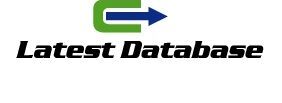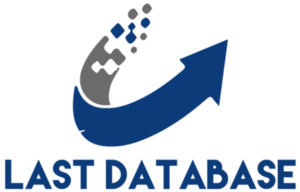Data science is no longer Data Science the exclusive domain of large companies. More and more SMEs are understanding the advantages of these techniques and implementing data analysis in their marketing and sales processes .
To understand what is happening and how we can take advantage of this trend, let’s look at the data from GetApp’s latest study on data analysis in marketing, sales and customer service.
Discover the most important digital marketing metrics . The 130 you shouldn’t lose sight of! Click here and download the most complete ebook.
Data analysis as an aid in the marketing and sales process
How do SMEs use data analytics?
What does the company use data analytics for?
The primary goal of data analytics for SMEs is to better understand the customer , a motivation cited by 62% of respondents. In second place is to improve the product or service (58%) and then to improve the customer experience (41%). Other reasons mentioned are to design business strategy, understand team performance and detect anomalies.
The sales funnel is data analysis primarily
performed?
The most popular option was to perform data analysis at all stages , chosen by 43% of switzerland phone number list respondents. Next in importance were the customer stages (34%), marketing-approved leads (16%) and sales-approved leads (13%).
What type of tool do SMEs use to collect data?
SMEs are aware of the importance of having specific data analysis tools . 44% opt for specialized third-party software and 23% for a company-owned tool, while 13% collect information through online surveys and video marketing youtube what is youtube video builder? quick video creation forms. When asked specifically about data analysis rather than collection, the answers are similar.
Among the third-party software
solutions used, Google Analytics stands out , used by 43% of respondents. It is a cloud-based resource, free, easily accessible and allows for great depth, making it ideal for small and bw lists medium-sized companies.
Secondly, we have specific data analysis programs, chosen by 29%, and thirdly, social media tools (26%).







